The site was surveyed and excavated by the Center for Archaeology (Southern Institute of Social Sciences) and the Tra Vinh Provincial Museum in 2014. The site includes two types: the earthwork of the Bo Luy and the ancient architectural site of the Brick Kiln Pagoda.
The Bo Luy relic is a ring of earthwork whose main structure is a long embankment. Currently, the most clearly identifiable three sides in the east, south and west are connected at the southeast and southwest corners, curved with a length of 1,433m to form a U-shaped arc, enclosing about 54 - 55 hectares of low-lying rice fields. The embankment has an average height of about 1.5 - 2m, and a width of 14 - 20m. The total length of the arc on low-lying terrain is determined to be 1,285m, the remaining part is located on mounds connecting directly to Kompong Thmo pagoda, distributed in residential areas with many broken sections so it is practically unrecognizable.
The Brick Kiln Pagoda relic consists of the foundations of 06 brick structures with uniform structural features, materials and construction techniques. Basically, these structures have a square or quasi-square plan, with a common scale of about 8m - 10m on each side (the smallest structure has a scale of 4.7m - 5.08m on each side), with a path leading to the center on the eastern side. The center has a very unique underground "worshiping pit" structure. Specifically, the 06 structures are as follows:
Architecture: East side 9.76m, West side 9.94m, South side 11.12m, North side 9.94m.
Architecture: East side 10m, West side 10.8m, South side 11.32m, North side 10.87m.
Architecture: 3 sides: east 7.85m, west 7.85m, south 7.8m, north 7.93m.
Architecture: 4 sides east 9.06m, west 9.34m, south 10.64m, north 10.52m.
Architecture: 5 sides: east 4.7m, west 4.76m, south 4.1m, north 5.05m.
Architecture 6 was severely damaged, partly in the excavation pit, partly on the inter-village road outside the temple's surrounding wall (a section of the east side 3.69m, the south side 3.77m remains).
Artifacts discovered during the excavations in 2014 and earlier included: 20 gold metal artifacts, 01 small fragment of a bronze artifact, 01 ceramic vase fragment, 32 brick artifacts with grooves engraved on the surface and 02 pieces of sandstone crafted in the form of altars or statue pedestals, 01 large altar part, 01 original yoni made of fine-grained sandstone, fragments of slate door components, 01 yoni pedestal.
Among the 20 gold metal artifacts with intact shapes and some pieces of gold metal that were cut, shredded or torn, there were 10 artifacts with carvings depicting elephants and 1 artifact with a lotus flower.
The collection of gold artifacts, stone worship objects, brick making techniques, and construction techniques of the Brick Kiln Pagoda relic shows the inheritance from the Oc Eo cultural tradition. However, compared to the previous period, this period has a clear decline, reflecting the general development trend of the Oc Eo cultural society.
The structural features and properties and other artifacts previously discovered here such as door frames, altars, yoni, etc. show that these special artifacts are likely components of sacred water channels (somasotra) that are very common in religious architectural works belonging to the Oc Eo culture.
The architectural plan and the structure of the worshiping pits of the structures in Lo Gach Pagoda are very similar to the architectural relics discovered in Go Thanh (Tien Giang) and Go Xoai (Long An). In particular, the group of square-cut gold leaf artifacts with elephant carvings of Go Thanh and Lo Gach Pagoda have a very high similarity, being Buddhist structures dating from the 8th - 9th centuries.
The excavation results show that the architectural relics of the Brick Kiln Pagoda group bear typical characteristics of the Oc Eo cultural tradition in the Southwest region with strong influences from Indian culture. This is a large-scale, very unique architectural relic area with high scientific value, especially when placed in the cultural-historical space with the relics of Bo Luy and Ao Ba Om as well as the mound-hill area of the Southwest coast in the Oc Eo - post-Oc Eo cultural space.
On December 29, 2017, the Ministry of Culture, Sports and Tourism issued Decision No. 5399/QD-BVHTTDL ranking the Bo Luy - Lo Gach Pagoda Site as a national-level archaeological relic.



![[Photo] April Festival in Can Tho City](https://vstatic.vietnam.vn/vietnam/resource/IMAGE/2025/4/10/bf5ae82870e648fabfbcc93a25b481ea)

![[Photo] Opening of the 11th Conference of the 13th Party Central Committee](https://vstatic.vietnam.vn/vietnam/resource/IMAGE/2025/4/10/f9e717b67de343d7b687cb419c0829a2)
![[Photo] Prime Minister Pham Minh Chinh commends forces supporting Myanmar in overcoming earthquake consequences](https://vstatic.vietnam.vn/vietnam/resource/IMAGE/2025/4/10/e844656d18bd433f913182fbc2f35ec2)

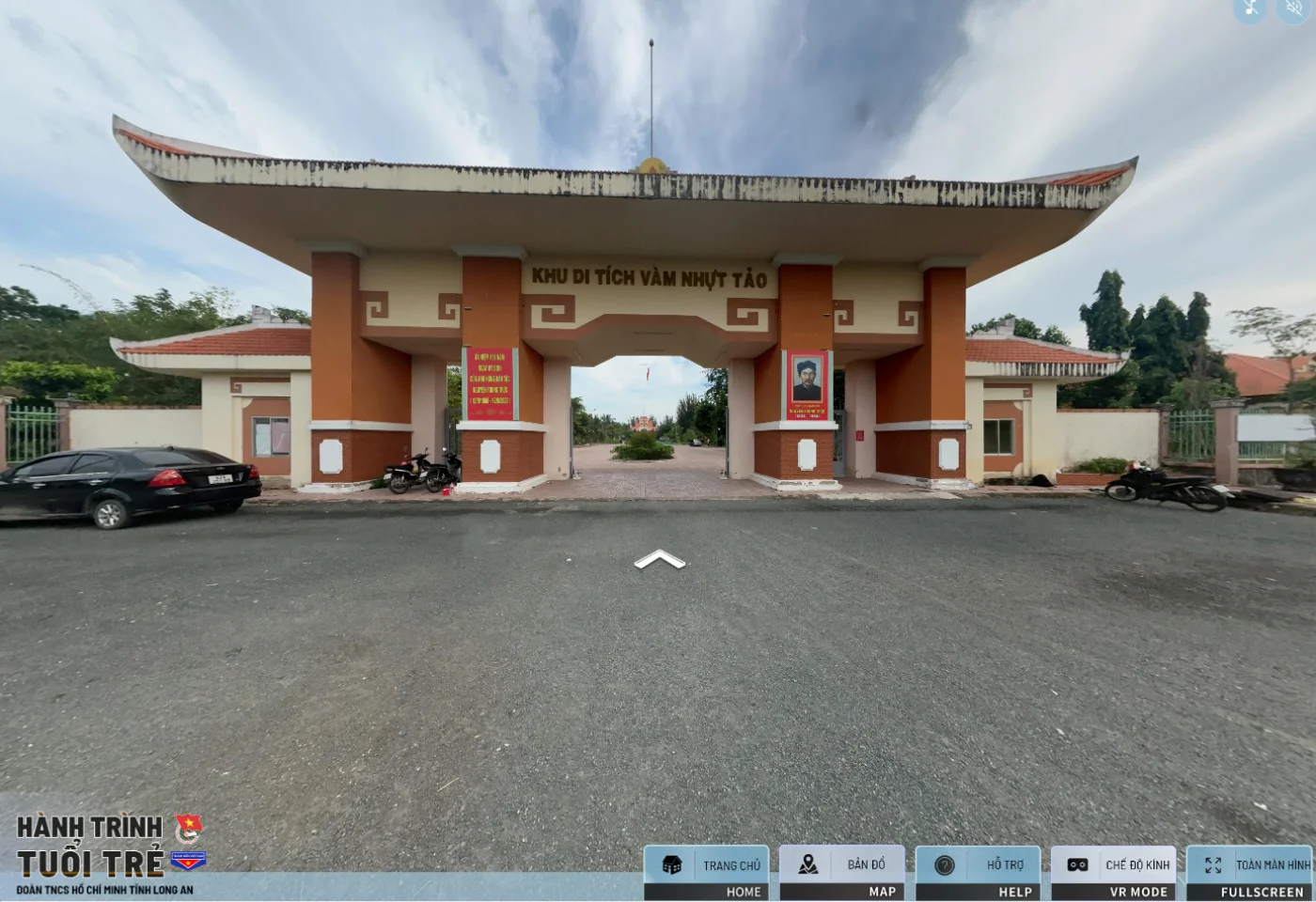




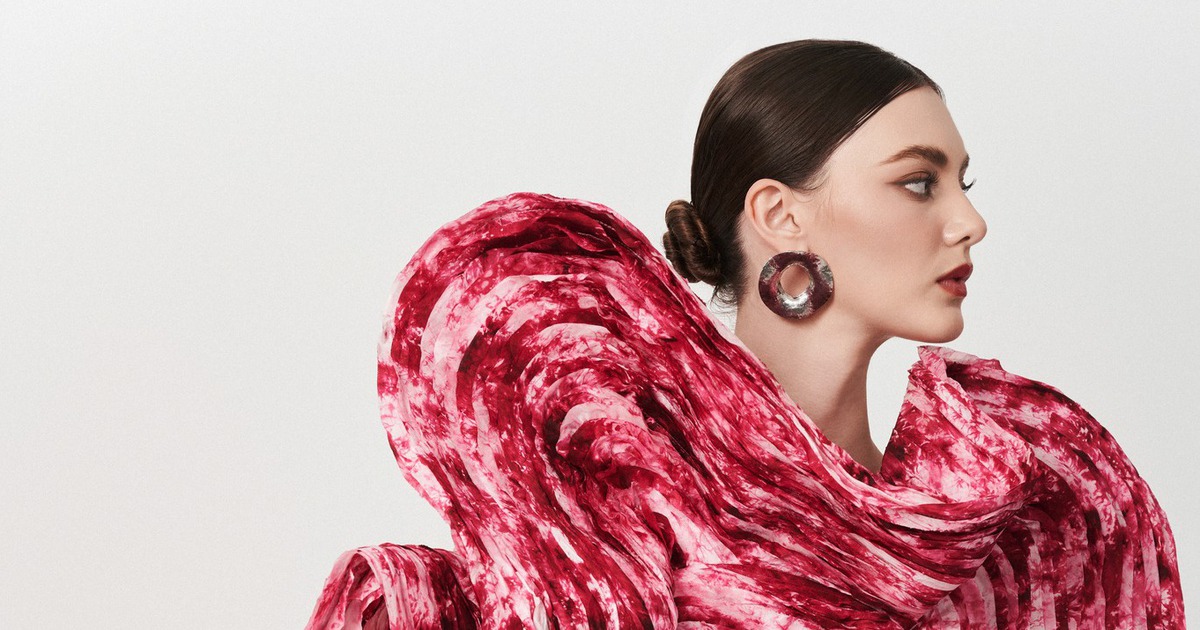
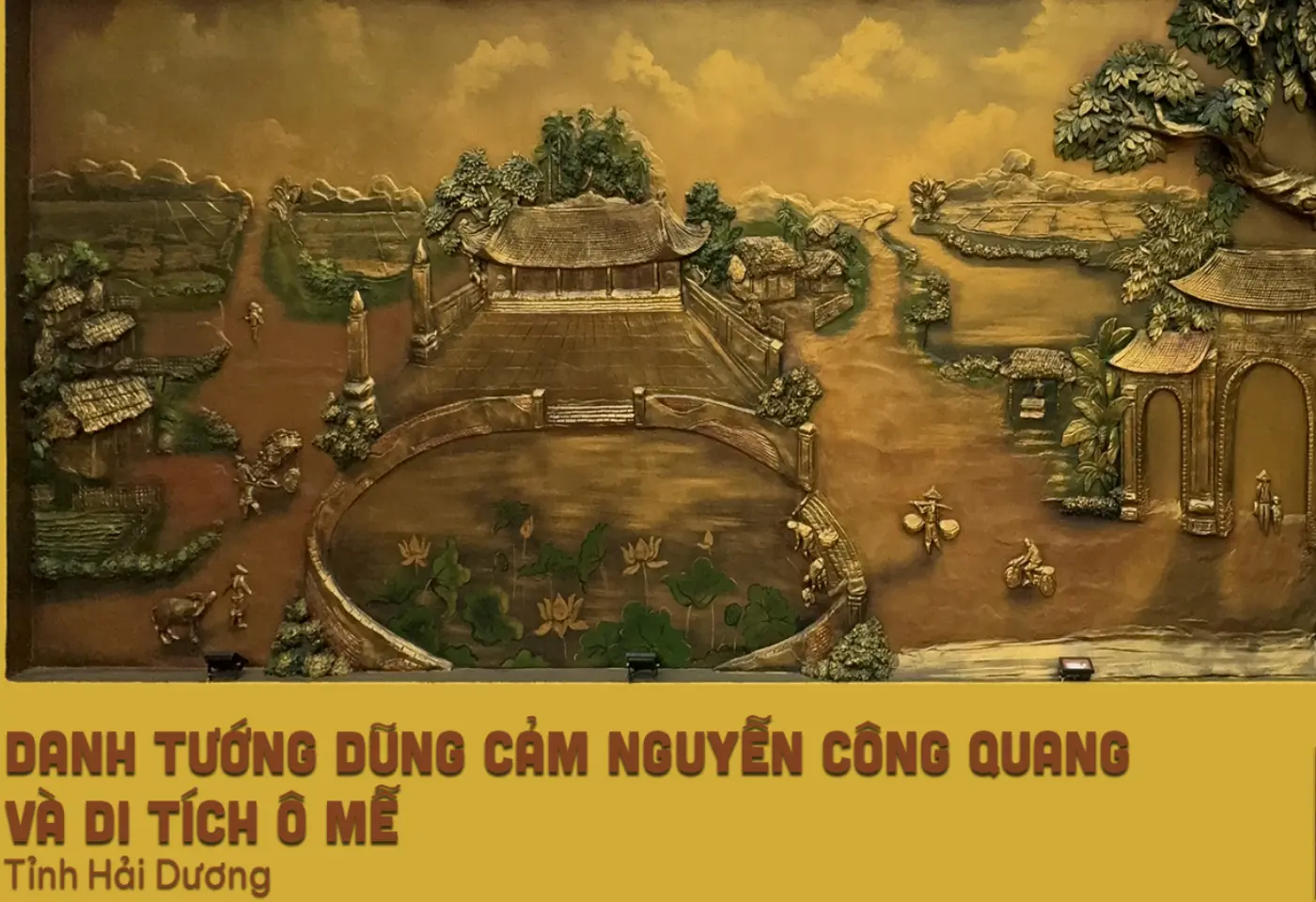
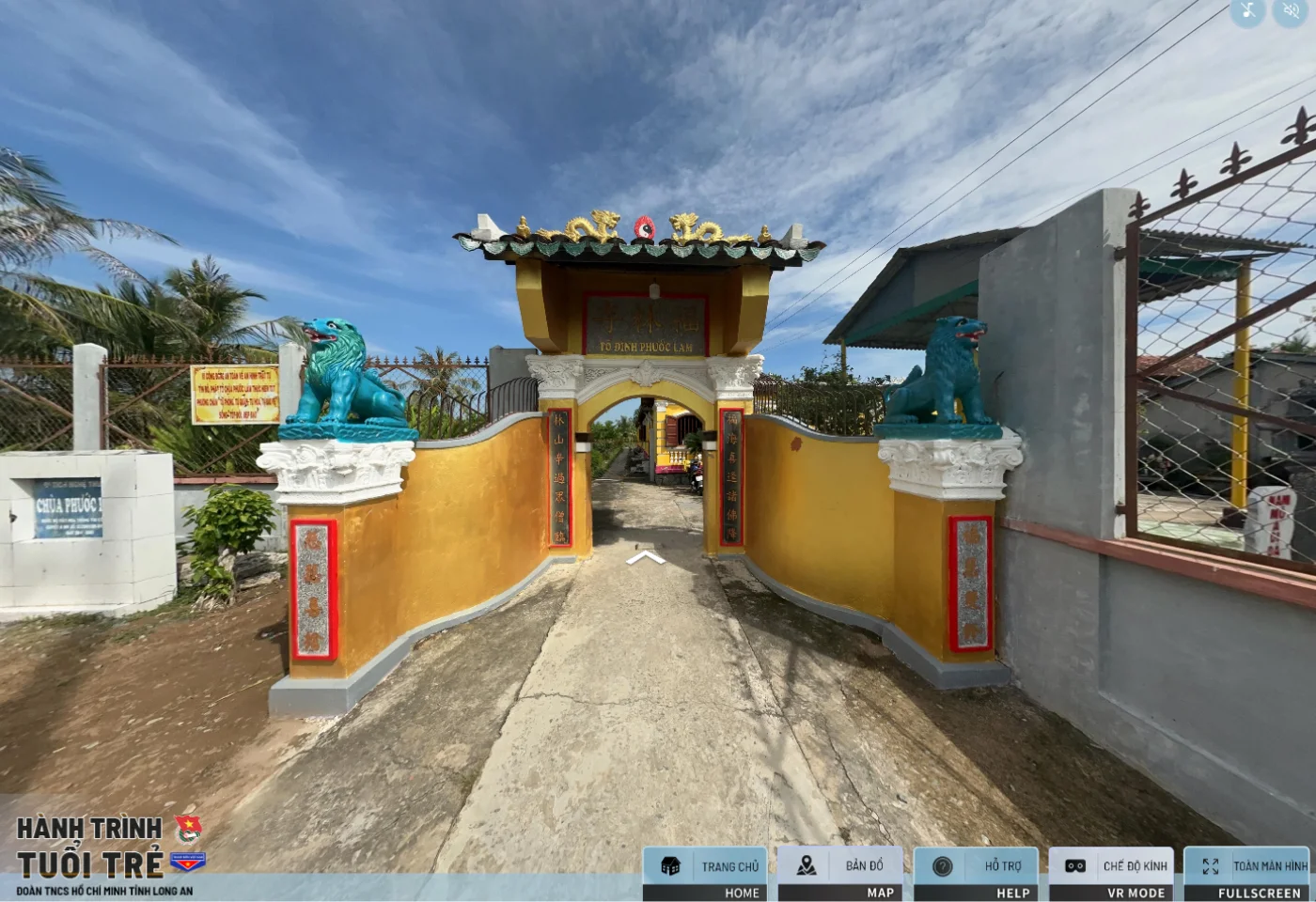
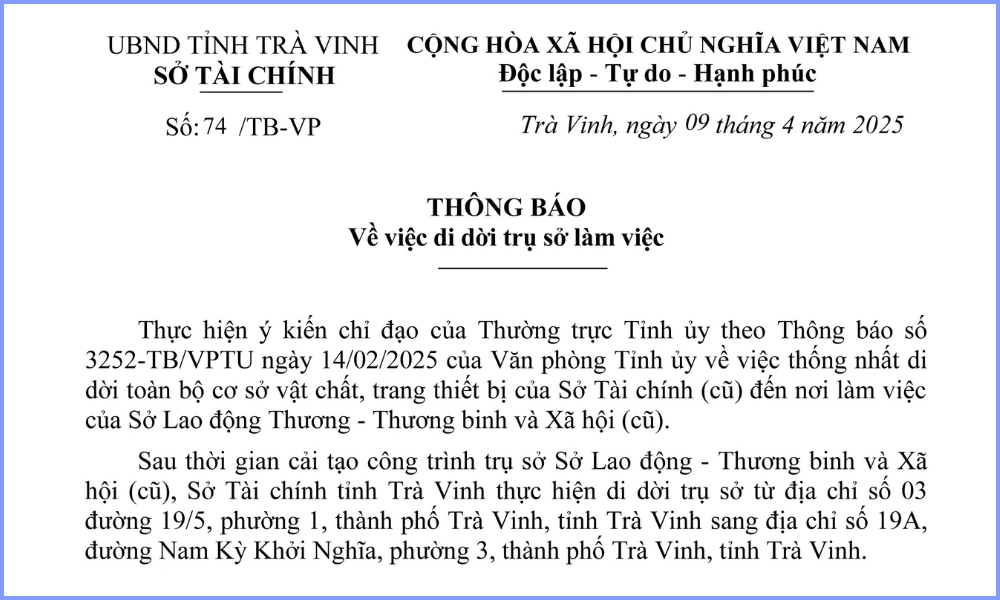
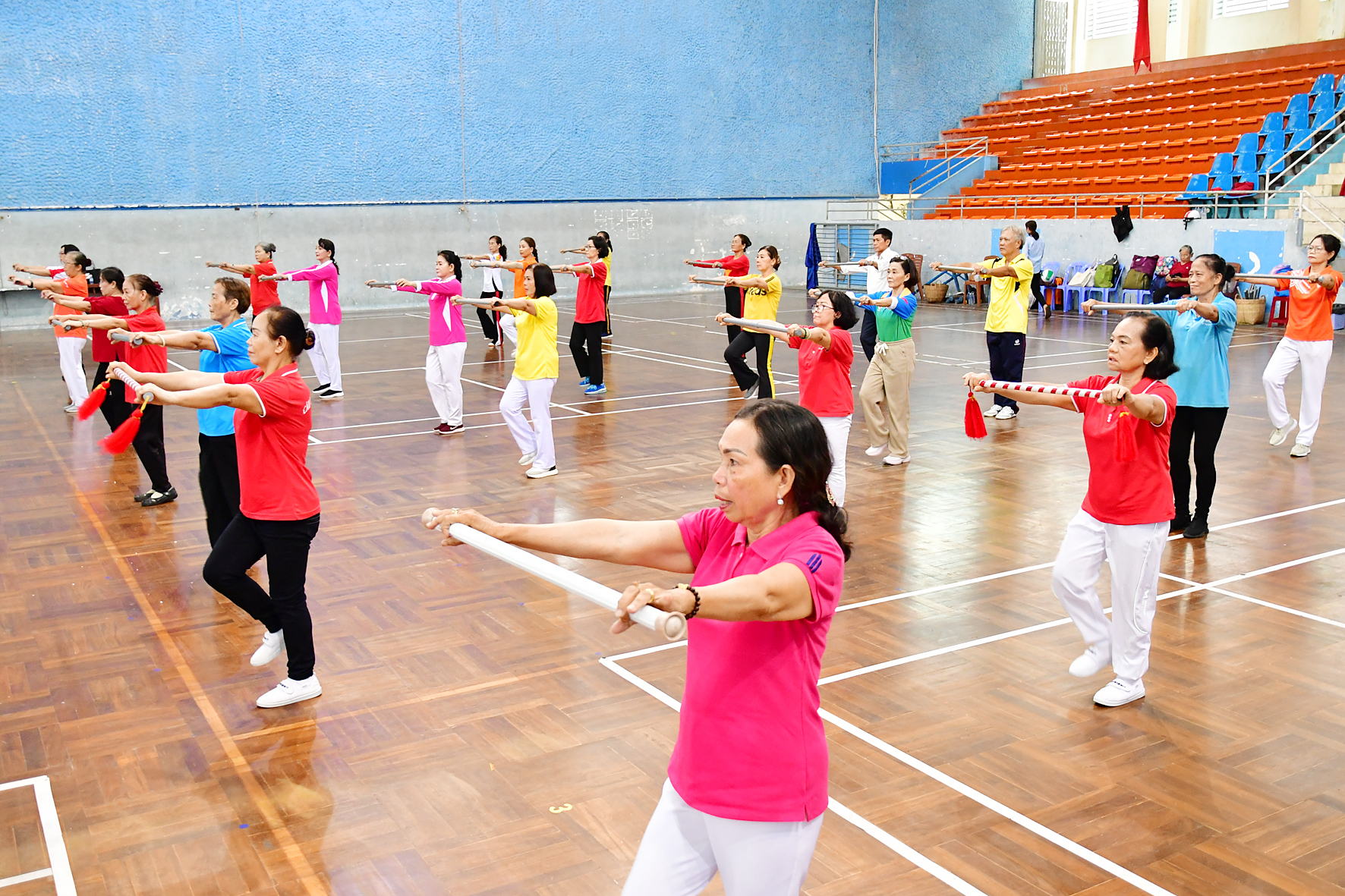
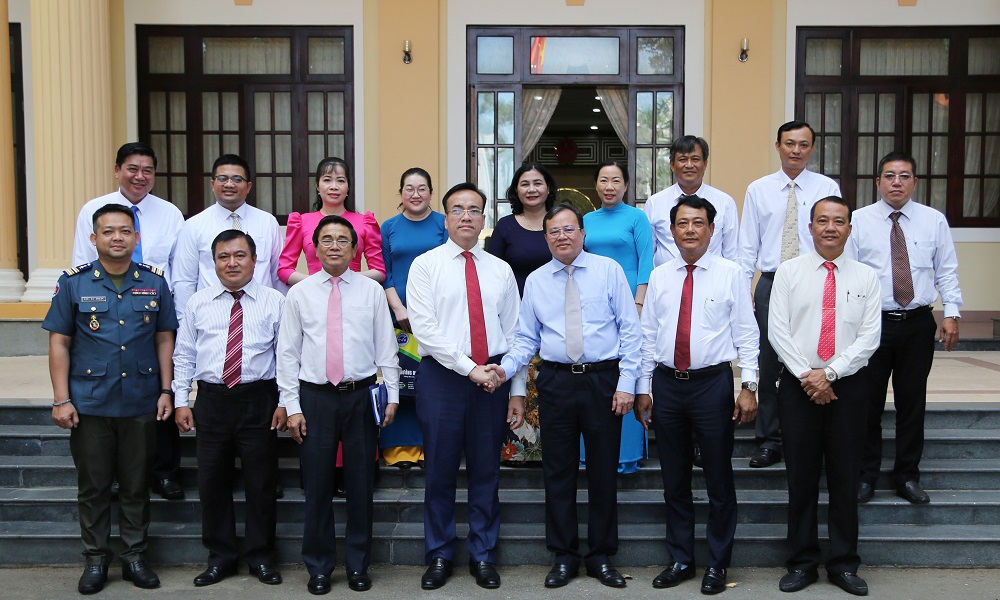
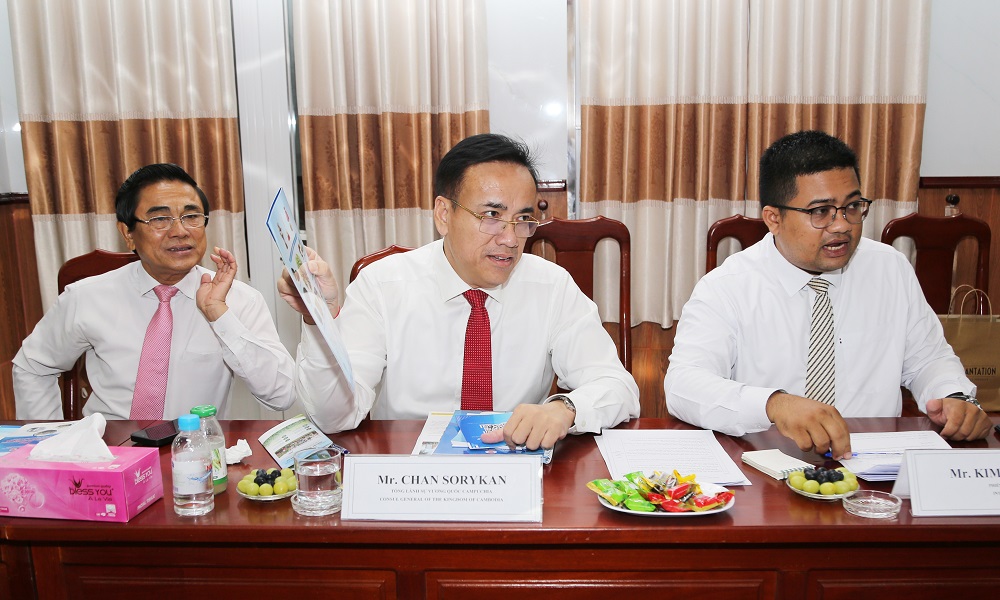
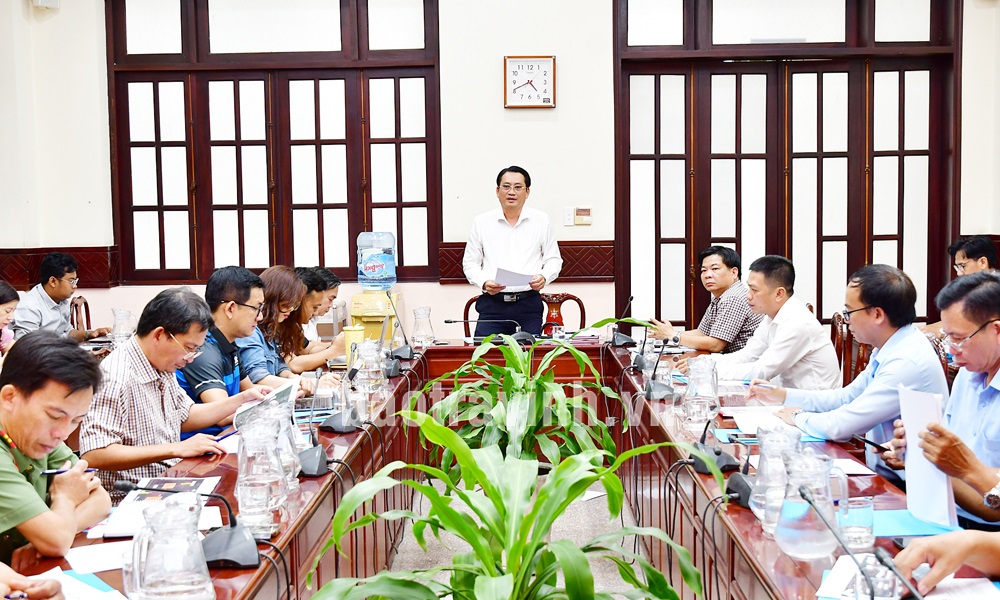
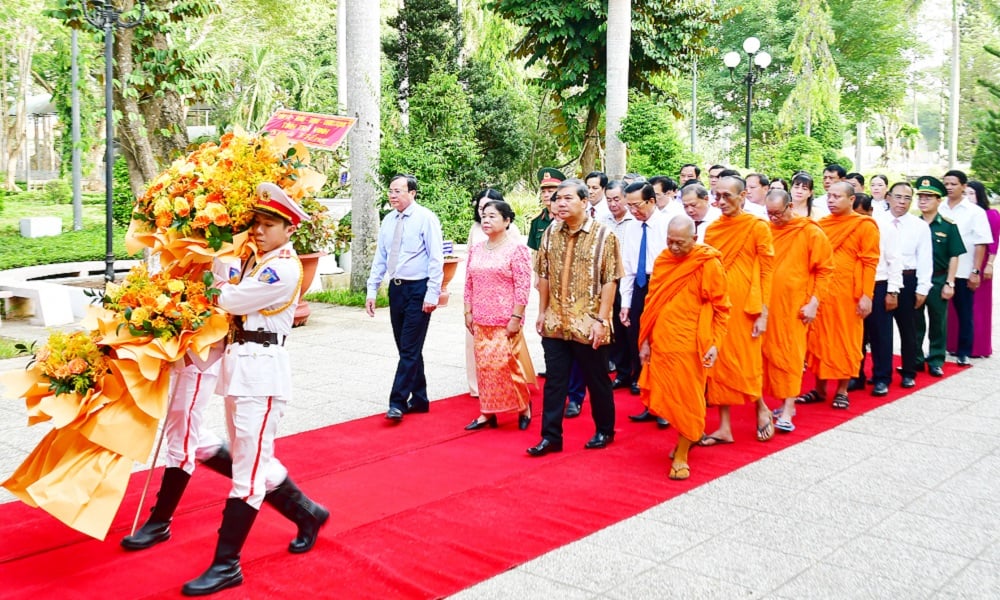




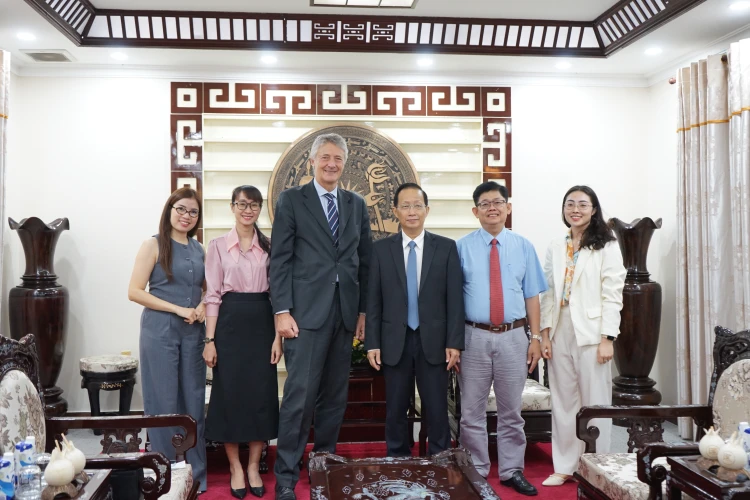
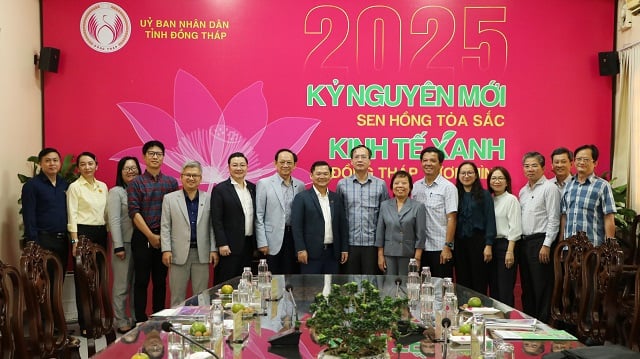
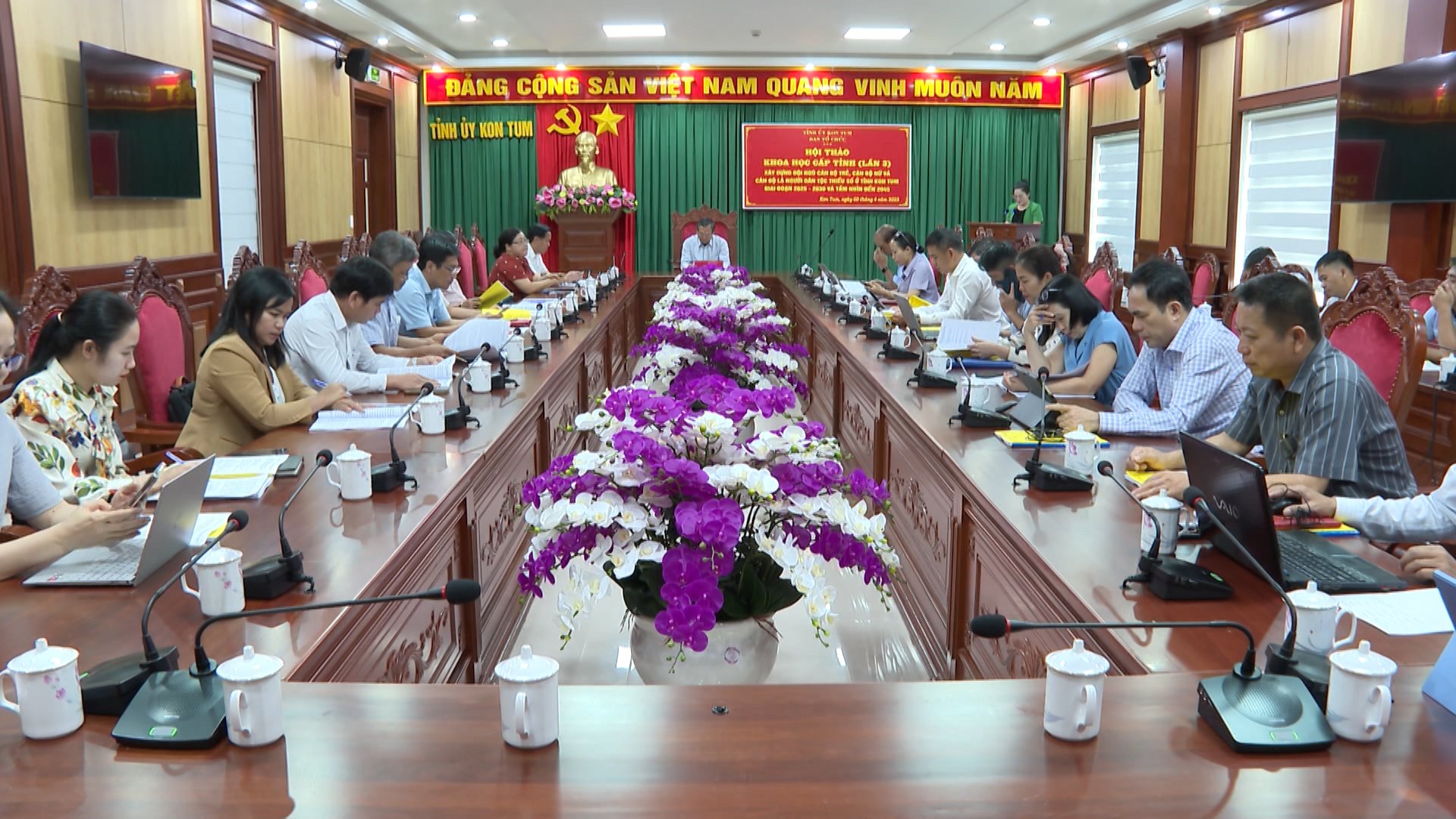

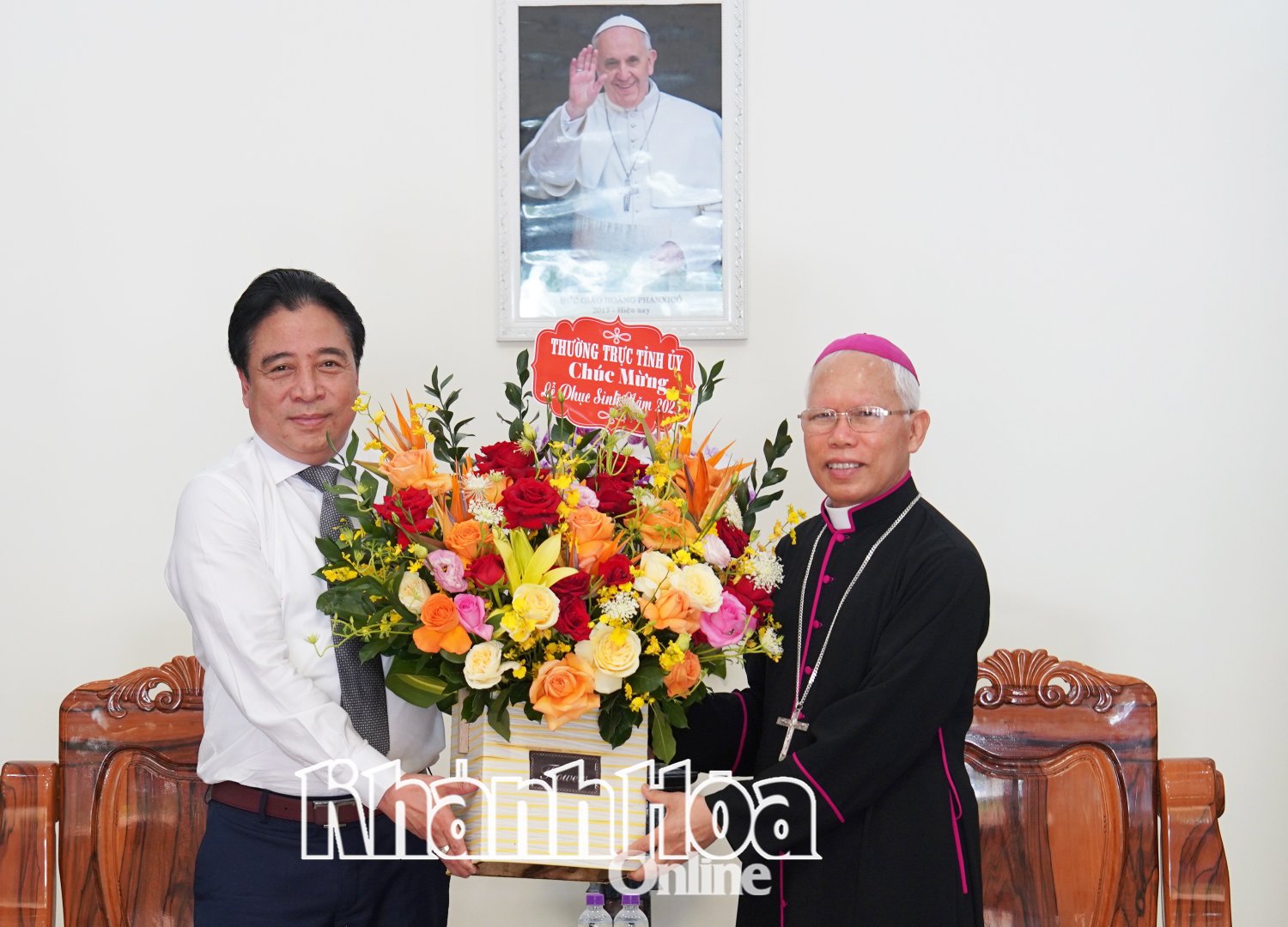
![[Photo] Reliving the heroic memories of the nation in the program "Hanoi - Will and belief in victory"](https://vstatic.vietnam.vn/vietnam/resource/IMAGE/2025/4/10/19ce7bfadf0a4a9d8e892f36f288e221)














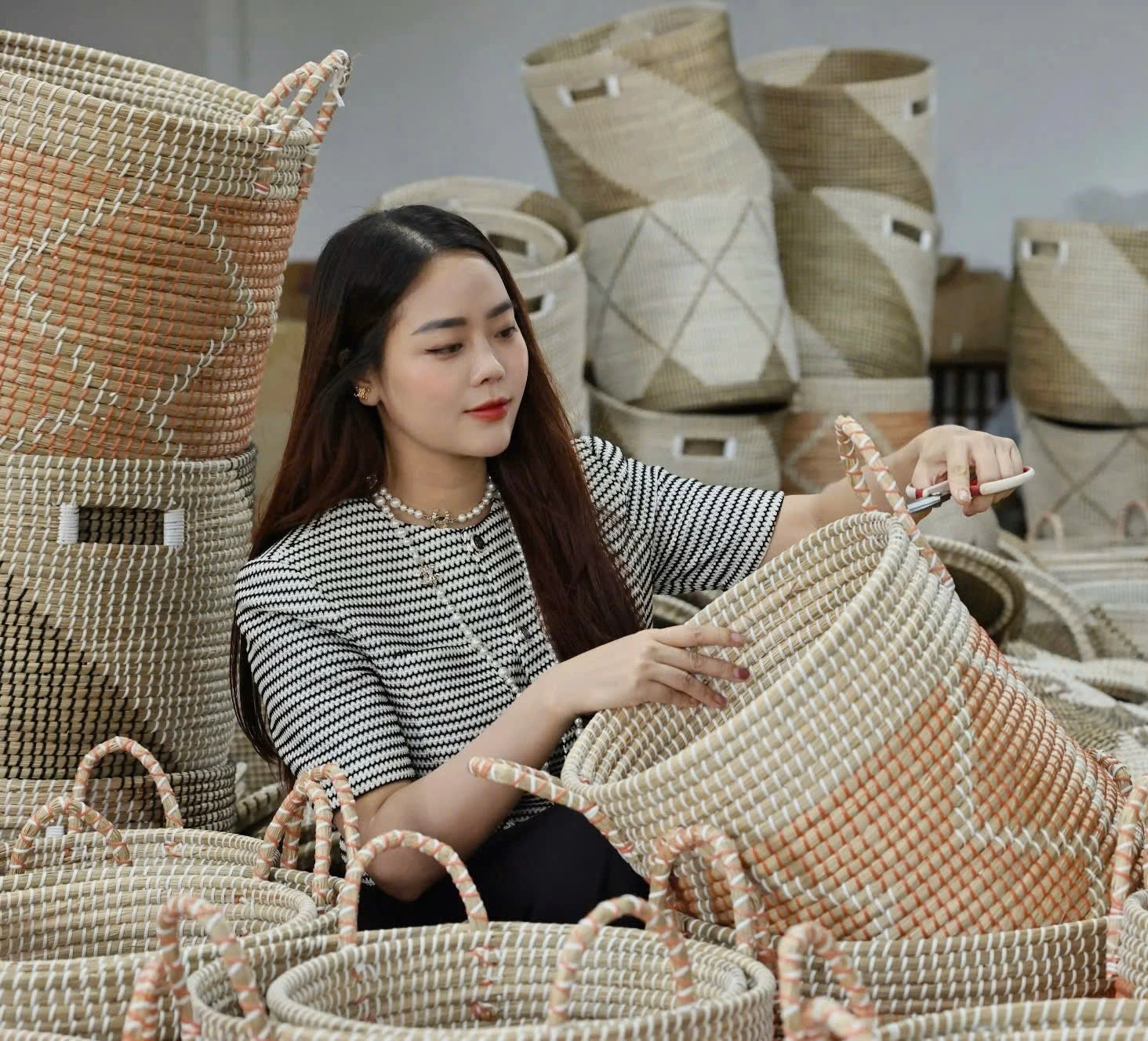
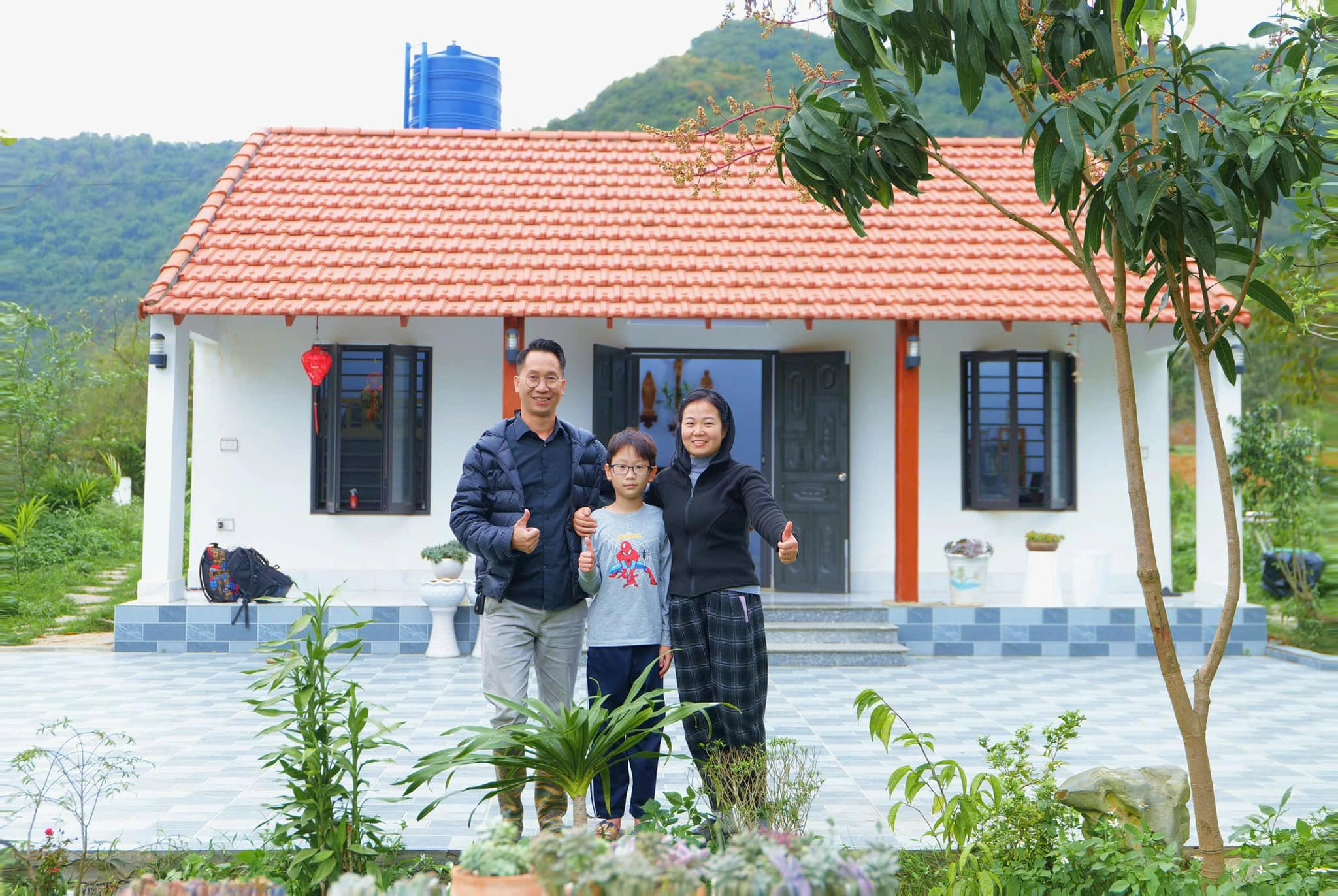

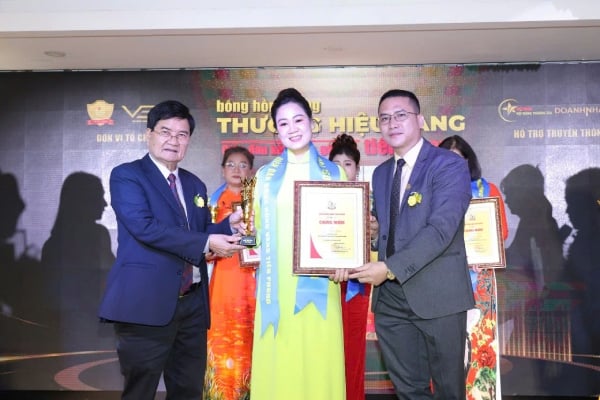



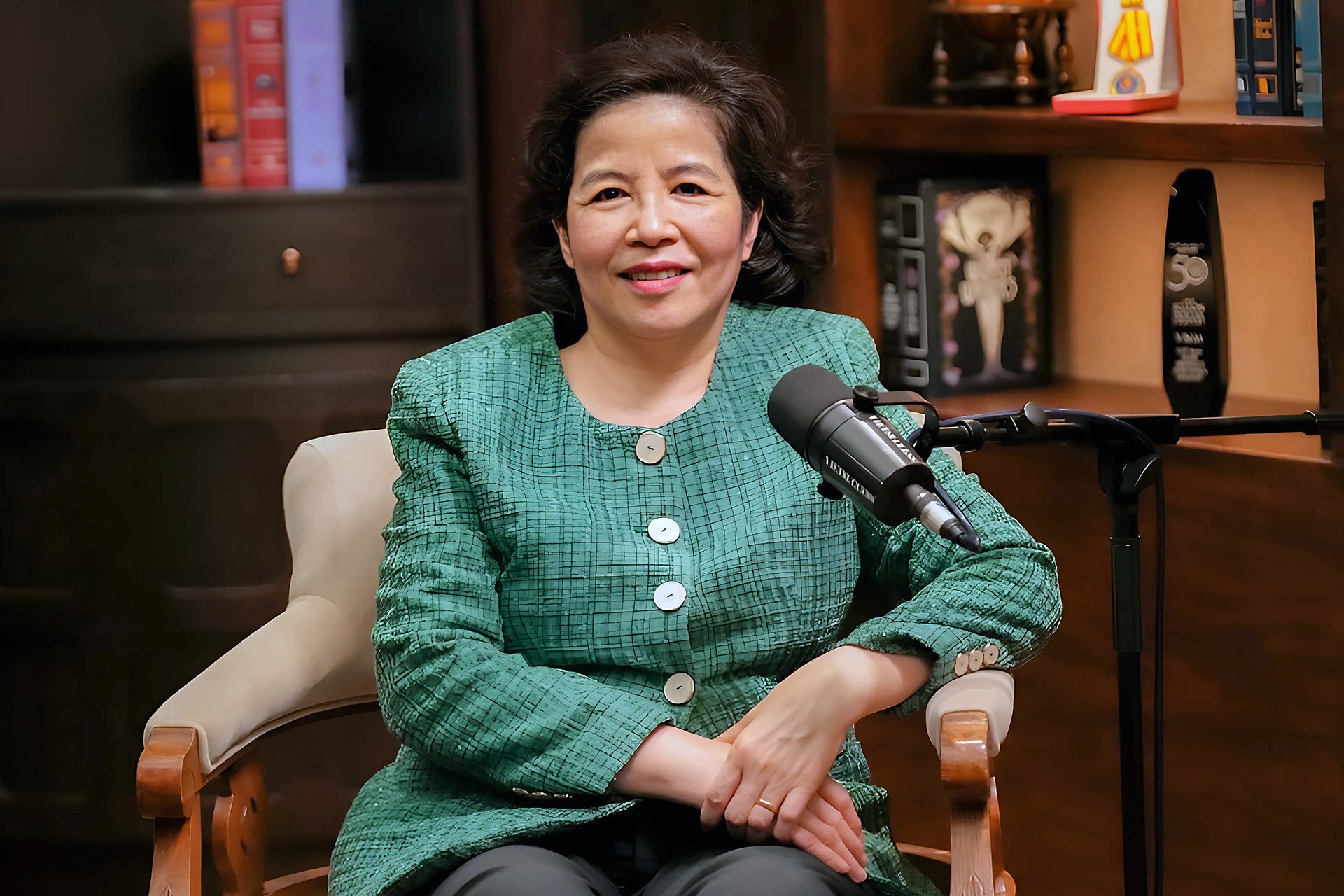
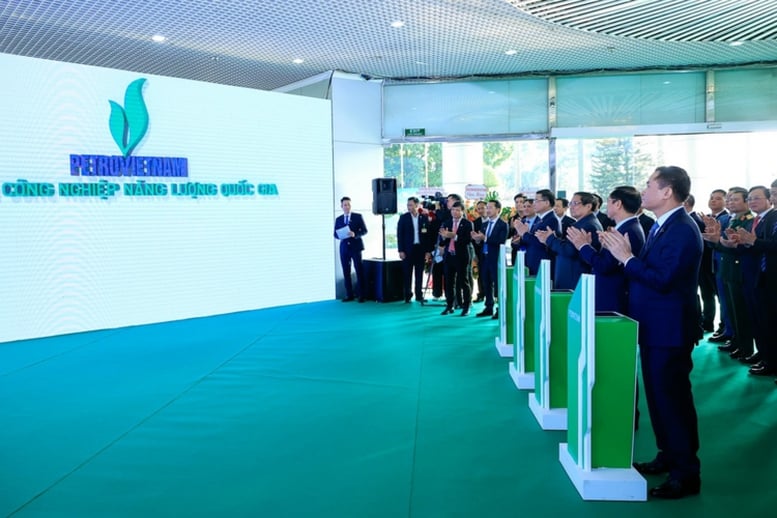



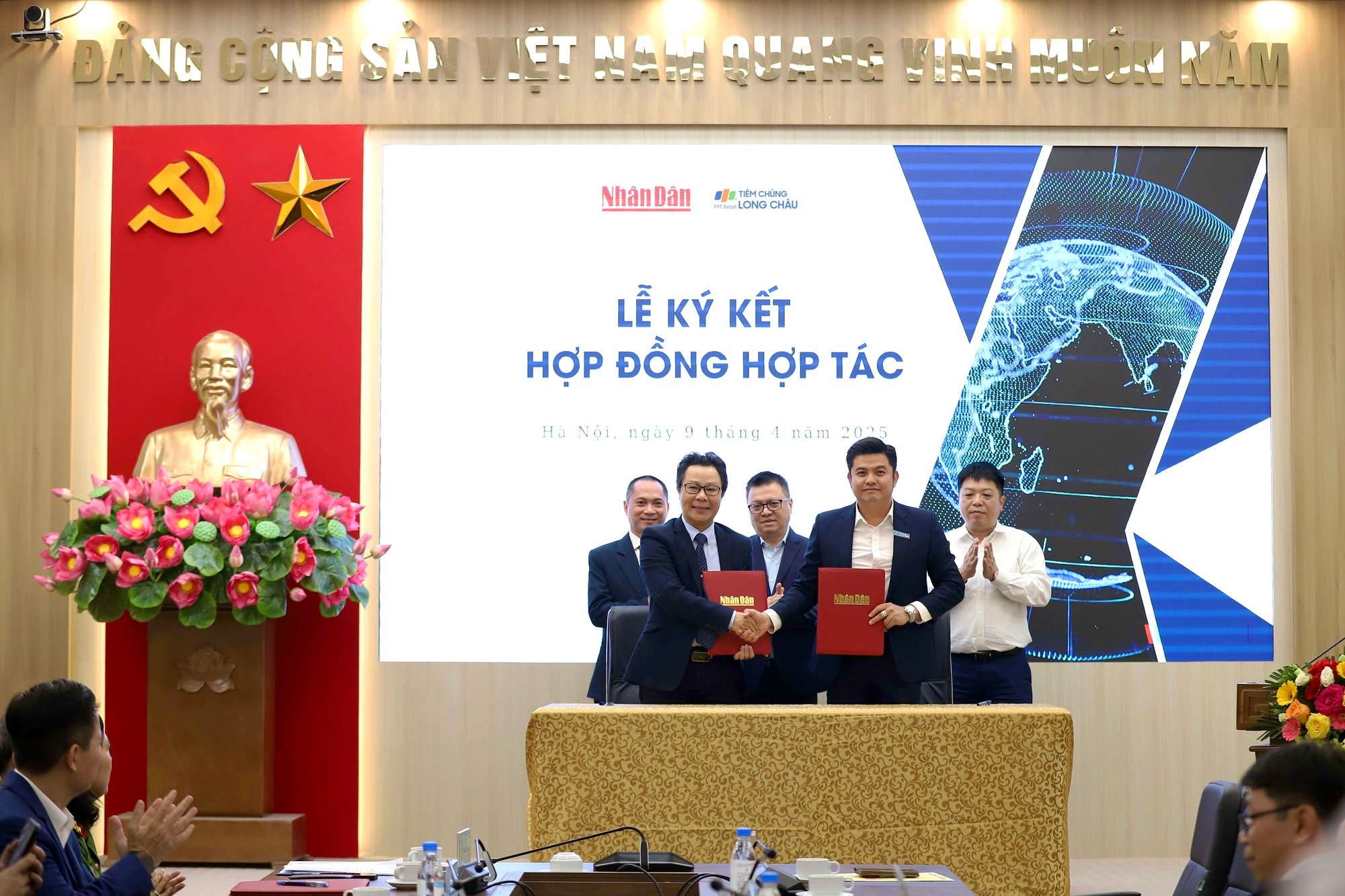

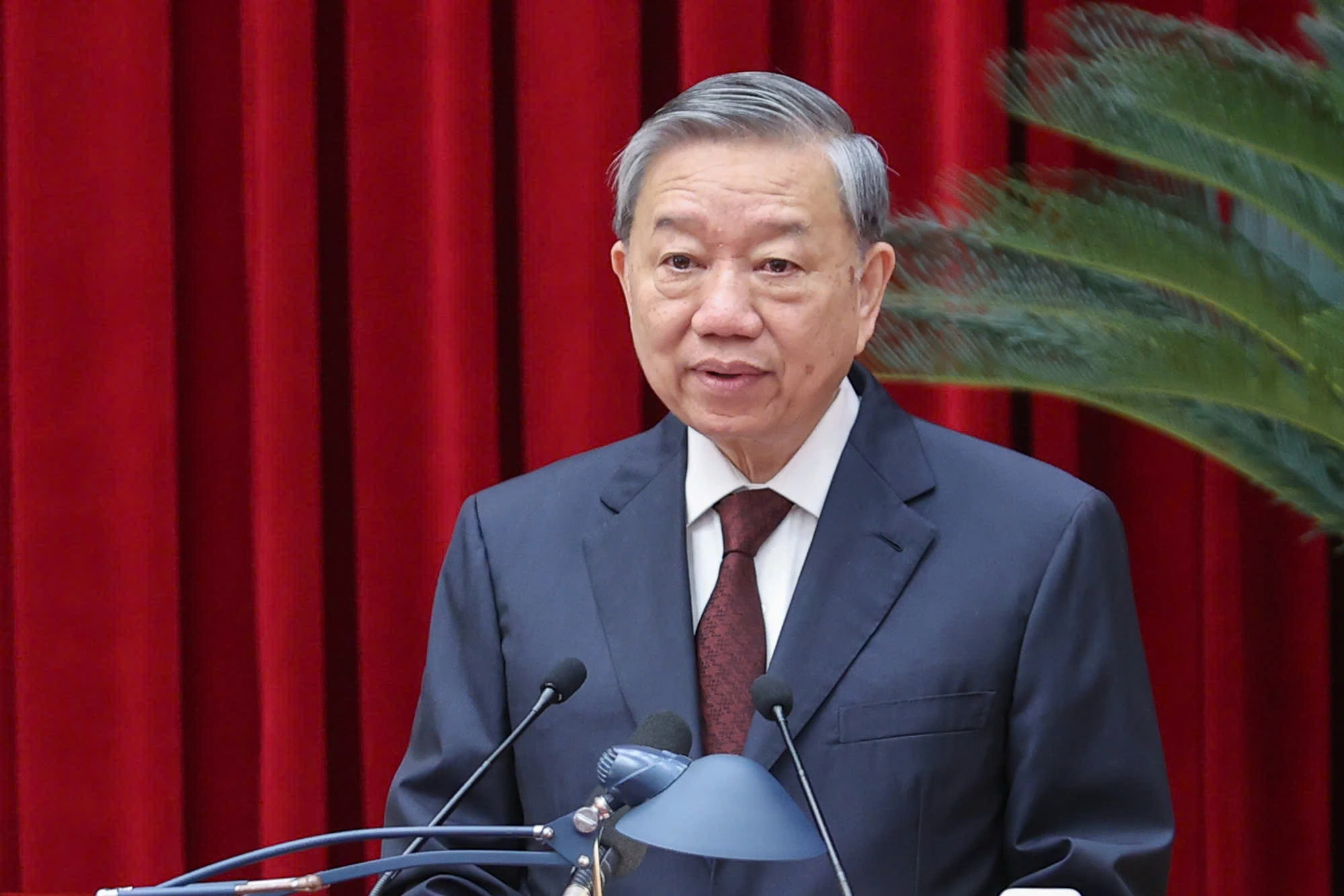


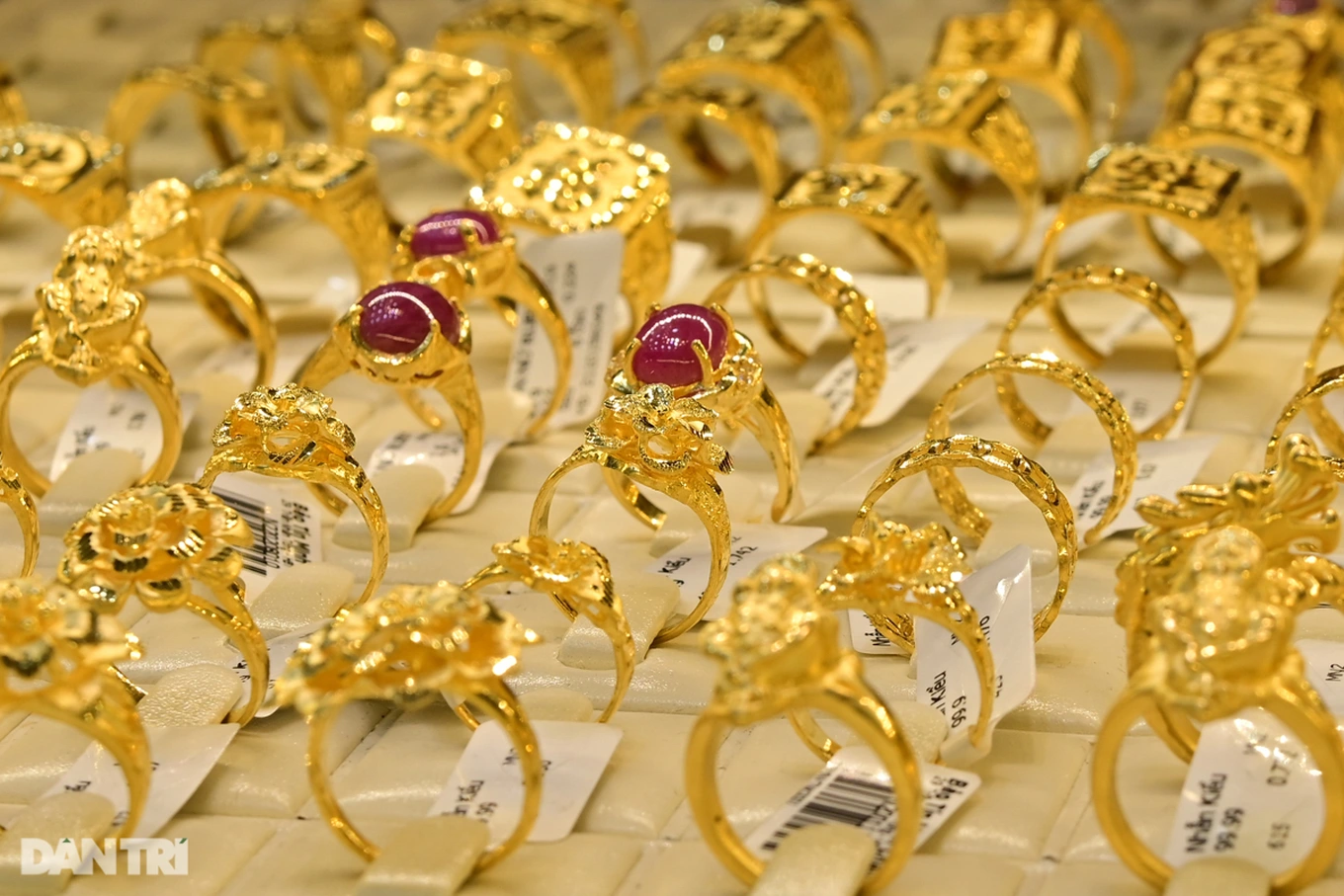
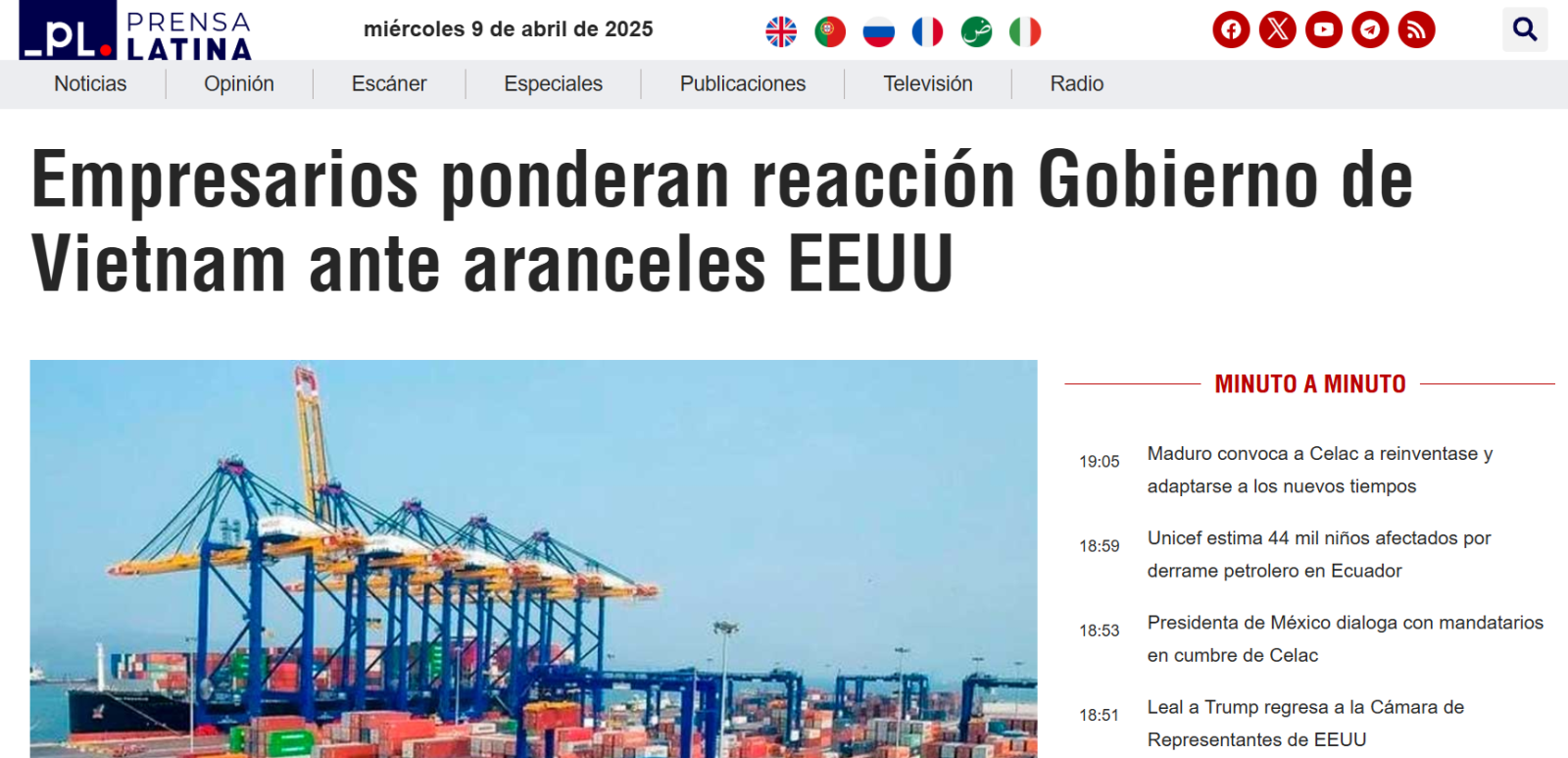




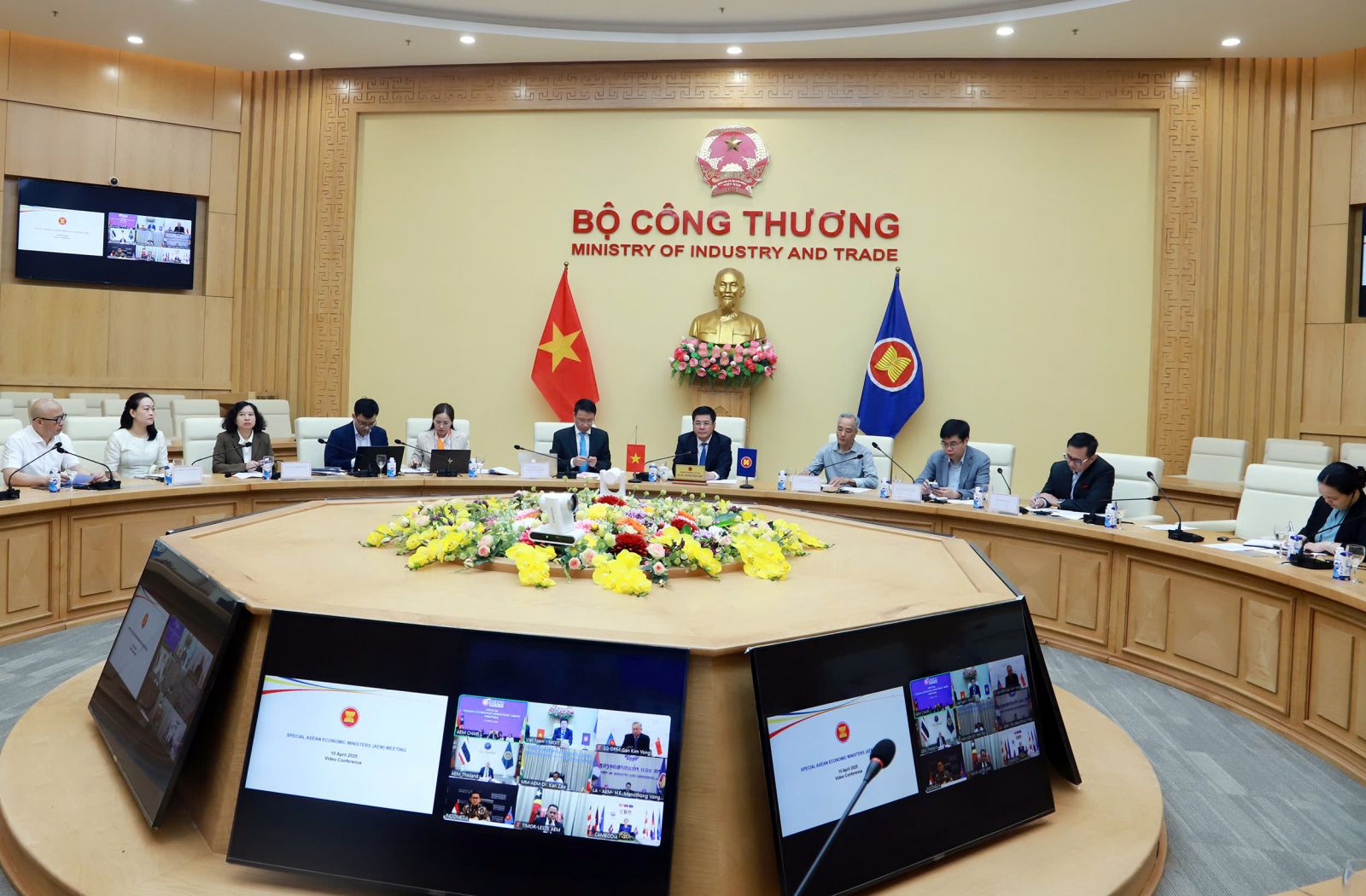


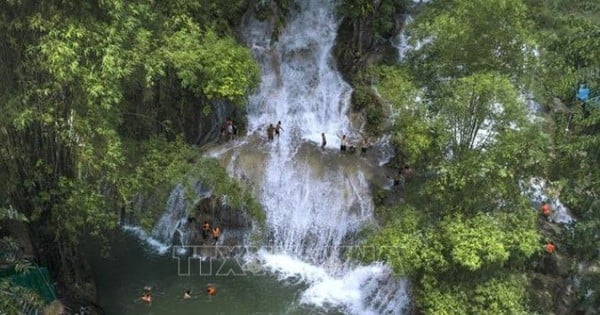

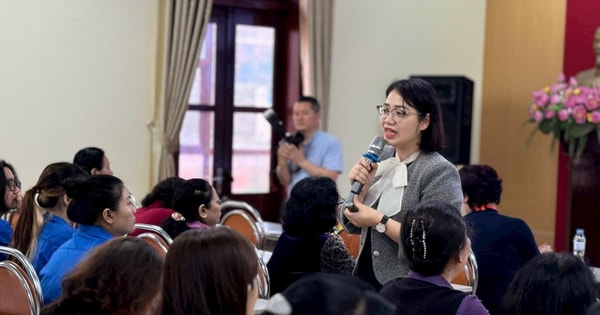

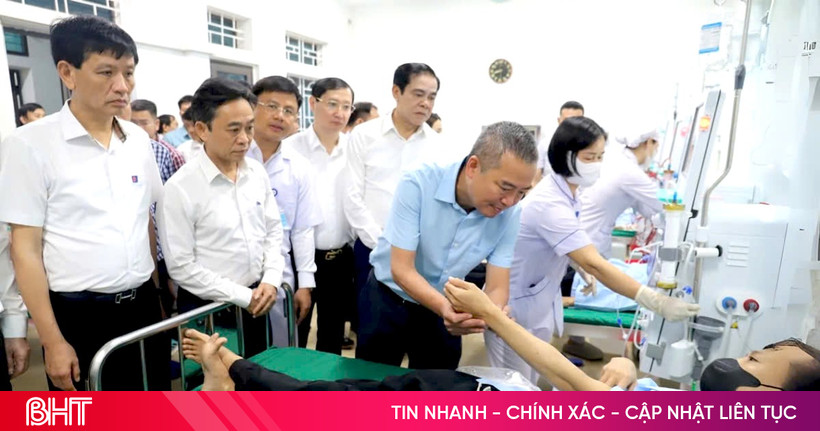

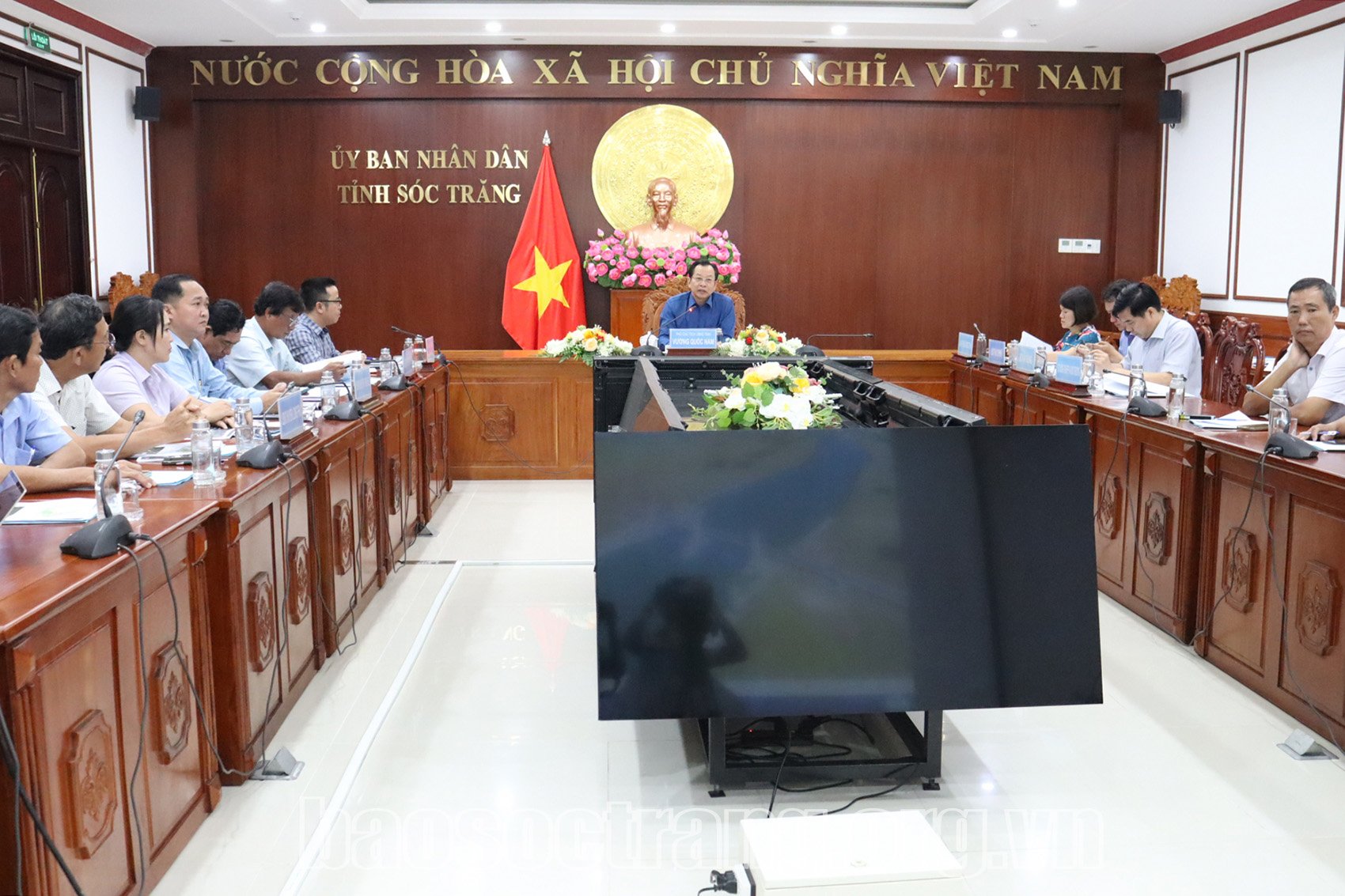

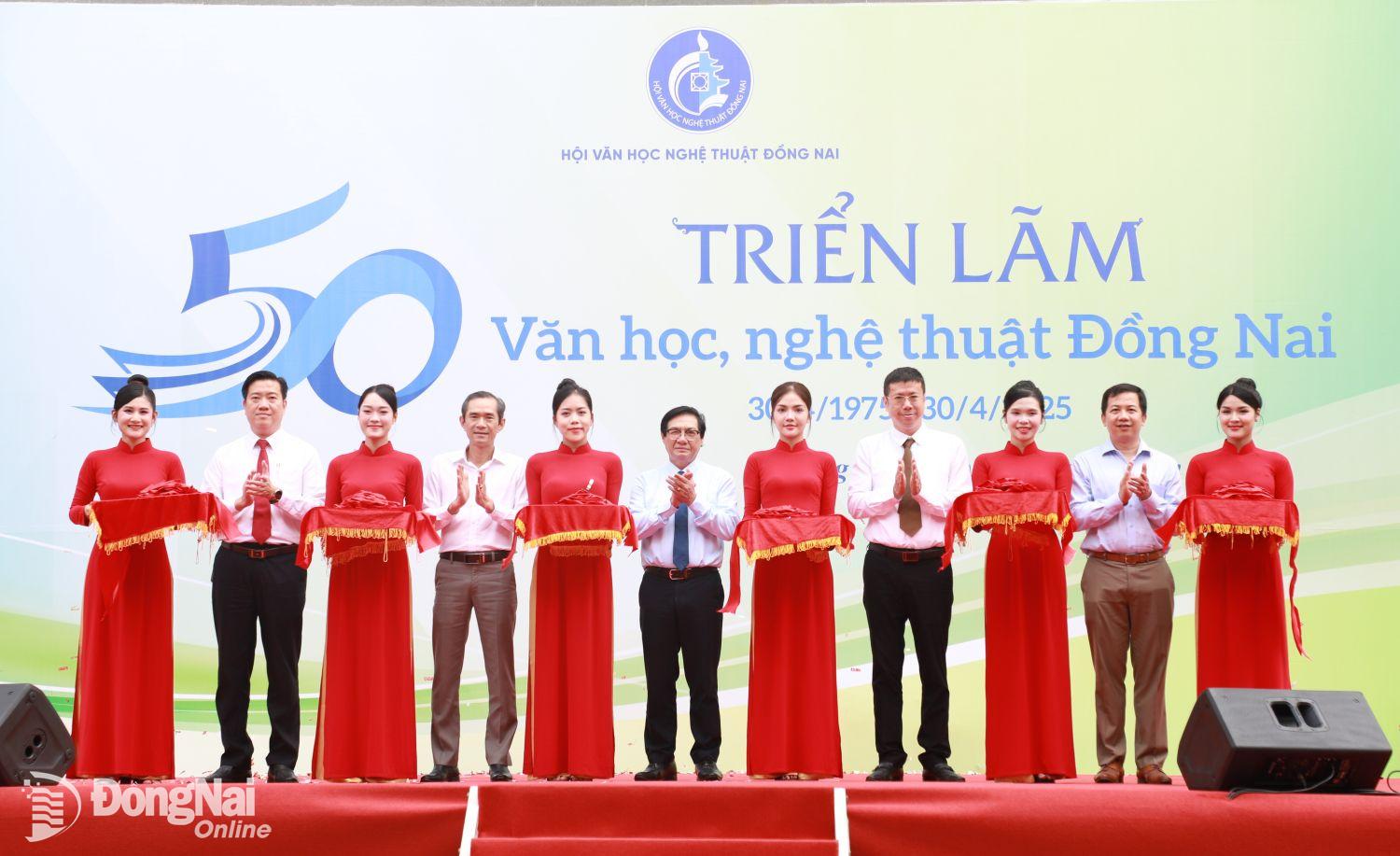





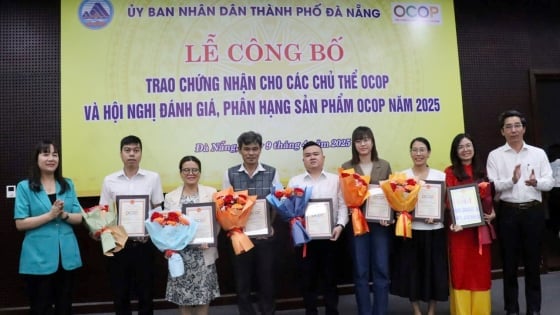



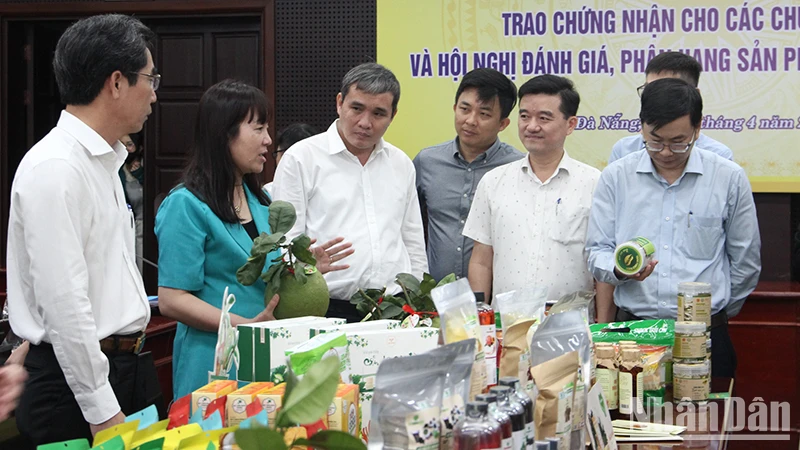
Comment (0)